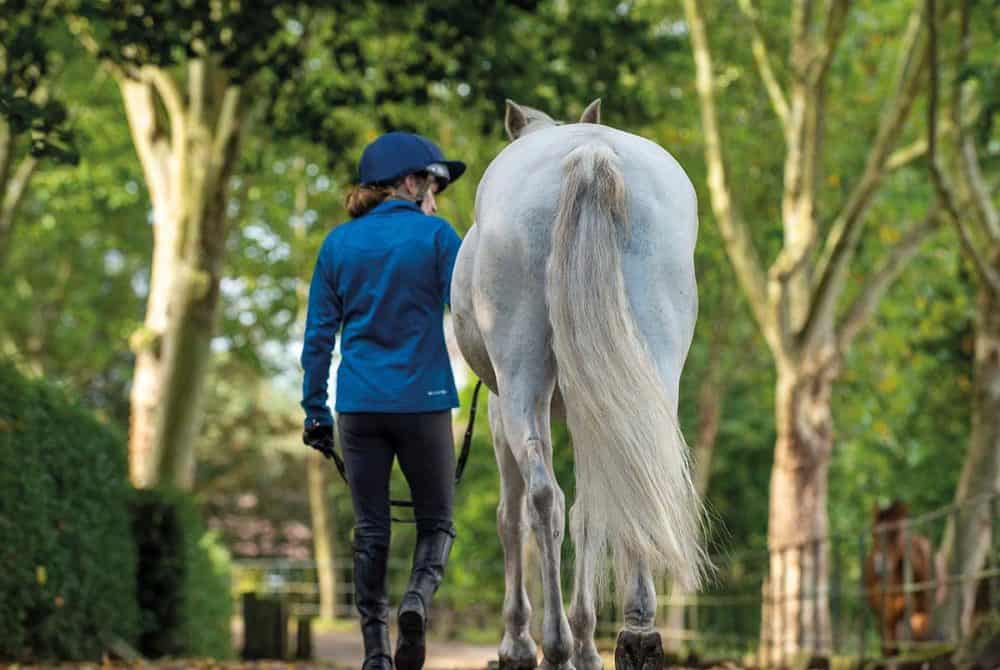Transitioning to barefoot
Posted 14th August 2020
If you’ve ever wanted to transition your horse to a shoeless life, or are new to barefoot living, David Hall has the answers

As lockdown restrictions were imposed on the country and show centres closed, farriers saw an increase in shoe removal while many of the nation’s horses enjoyed a slower pace of life. They also found that many horses in seasonal work who spent the winter barefoot were being brought back into work without shoes, too.
Removing your horse’s shoes while he’s out of work has long been a recognised option in equine management. While this practice isn’t true barefoot living, it’s a baseline that many people have harnessed this year to help establish the feasibility of bringing their horses back into work without shoes. So, is going barefoot an option for your horse? The answer may surprise you – and it’s definitely a lifestyle worth giving some thought to before you put your horse’s shoes back on.
The right candidate
Life without shoes is certainly better suited to some horses than others. In a perfect world you could make the transition to barefoot with no hiccups, but as well as needing time and other conditions on your side, there are factors that simply make some hooves hardier than others. These include…
- breed or type Native breeds with thick-soled feet will typically fare better than Thoroughbreds, who have been engineered by humans for speed over hardiness
- conformation Issues can arise due to abnormal limb alignment, usually the result of bent legs as a foal. Although much work can be done on straightening the leg in the first few months, it can still leave bone difference that leads to uneven loading of the hoof in later life – and it’s more common than people think. Effects include hoof capsule distortion, uneven wear and asymmetry within the hoof and limb. This is often corrected with a combination of trimming and remedial shoeing, much like orthotics in humans, and as such can be difficult to treat barefoot with trimming alone
- the hoof itself You can usually expect horses with little or no sole thickness and open, flat feet to at least initially require hoof boots, or indeed shoes, on anything other than soft turf or an arena surface. Thick soles and hoof walls are the kind of feet that tend to pose the fewest problems, but there are exceptions to the rule in these cases
Pick up a copy of October Horse&Rider, on sale 20 August 2020, and find out if your horse is a candidate for barefoot living.
Your Comments
3 thoughts on “Transitioning to barefoot”
Leave a Reply
You must be logged in to post a comment.











Have been barefoot now for several years thanks to wonderful barefoot farrier Antonio Checa. Horses have never gone better and are so happy and relaxed.
Ive 3 Thoroughbreds, all with different hoof anatomy – all barefoot and BE90-100.
If your going to post an article about barefoot horses, at least put better facts and information about it. Or get a professional to write it for you. Plenty of FBK pages on barefoot, even Barefoot Thoroughbreds.
If you ride a lot won’t if wear down the hooves?